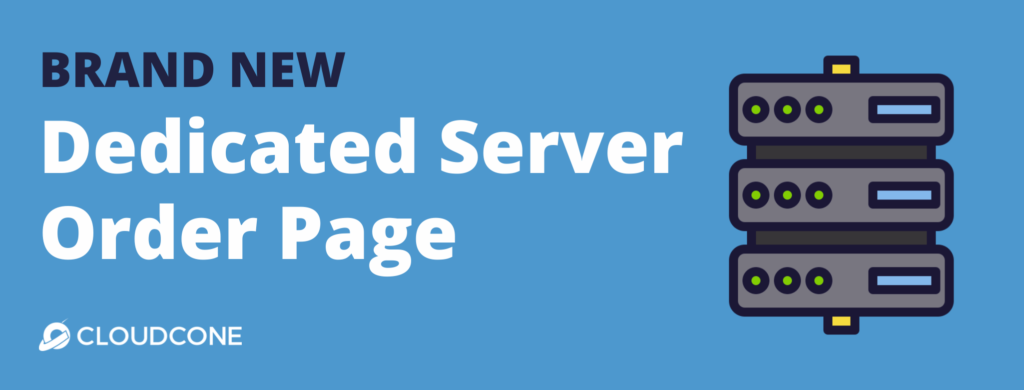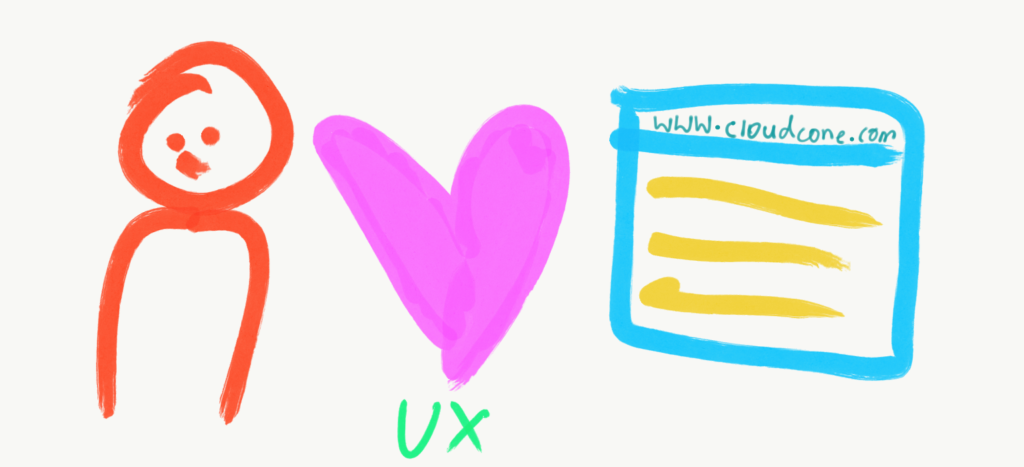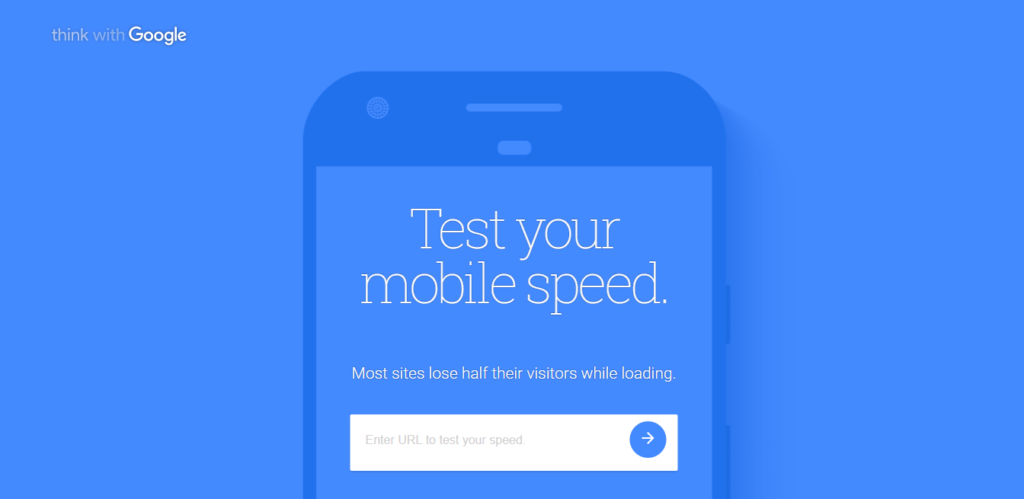Thanks to the new normal created by the pandemic, the world has seen a shift in economic sectors such as shopping and commerce, banking, education, entertainment and whatnot. There has been a rapid rise in trends such as e-shopping, e-banking, e-learning, work from home, e-healthcare, and virtual entertainment (streaming services, virtual concerts etc.). All these sectors generate economic outcomes and their shift to the digital platform has given birth to the digital economy.

Table of contents
#1 What is the Digital Economy?
#2 Some statistics
#3 What does the digital economy actually look like?
#4 The digital economy and the cloud
#5 Curious to learn more? Check out these amazing related posts
What is the digital economy?
By definition “Digital Economy” is basically an economy that is based on digital technologies. This means that technologies based on cloud computing, e-commerce, virtual conferencing, big data, VR, AR, IoT etc. have taken over large scale economic activities around the world. The most crucial part of a digital economy, which could be considered its backbone, is the connectivity. And when integrating a large number of systems together to carry out complex economic tasks worldwide, the connectivity should be just as complex and powerful. There is a specific term for this kind of connection: Hyperconnectivity. Hyperconnectivity refers to a robust mega network created by integrating multiple systems and devices so that those who connect, stay connected throughout their daily tasks. And this is made possible by numerous people, machines, devices, companies, services, and other technologies can keep things together and work seamlessly to achieve goals.

You may have seen a post on the internet that goes like this:
“Uber, the world’s largest taxi company, owns no vehicles. Facebook, the world’s most popular media owner, creates no content. Alibaba, the most valuable retailer, has no inventory. And Airbnb, the world’s largest accommodation provider, owns no real estate… Something interesting is happening.”
This was shared not too long ago by tech news website, TechCrunch. It goes to show that connecting people and places through digital means has become a vital component of our economy already. Major companies in their respective fields like Uber and Alibaba own no physical good to trade. Their service is simply based on digital connectivity. These are the kinds of businesses whose sales skyrocketed during the pandemic, giving us a glimpse of what the future of business will be like as the world slowly adapts to this new level of convenience.
Some statistics…
According to Shopify statistics in 2019, out of all sales only 13.6% were made online. This number will rise up to 19.5% in 2021 and all the way up to 21.8% in 2024. Statistics also show that when it comes to online banking as of 2020, as many as 1.9 billion individuals worldwide actively used online banking services. This number is expected to reach 2.5 billion by 2024. E-learning and remote learning has also blown up during the past year due to schools and universities being closed etc. During this time students all around the world have sought help from internet tools to access virtual classrooms or conduct their studies with online resources. Thanks to this trend, Statista reveals that the e-learning market is projected to grow to over $240 billion by 2022. And thanks to similar trends being followed in workplaces, with work from home opportunities, video conferencing apps like Zoom have seen their shares skyrocket in the past year.

Entertainment has also taken on a virtual form. Content streaming services like Netflix, Disney plus and Hulu have seen major growth in subscriptions and when it comes to gaming too the live streaming market has grown. The live streaming industry is predicted to reach $70 billion in 2021. E-healthcare is another field that is on the rise thanks to the pandemic restrictions. People’s willingness to visit hospitals physically have also reduced due to risk of contraction. This has encouraged them to look into alternatives like e-healthcare. In fact we did a detailed blog post on this, last year. You can check it out to learn more about how the digital shift has affected healthcare and how you can contribute with cloud technology.
Another great example of the shifts caused towards the digital economy by COVID-19, was its effect on Amazon. As an omnipurpose platform, in 2020 Amazon saw their share prices spike by more than 60%. That is a crazy jump to happen within just one year. And it was all thanks to their presence in multiple sectors such as e-commerce, cloud hosting as well as content streaming. Amazon itself became a microcosm of the digital economy.
What does the digital economy actually look like?
We’ve been referring to the digital economy through out this blog post and talked about a few statistics that prove that it is a trend on the rise. So we’ll break down in detail how these elements of the digital economy are being practiced.
Online Shopping
When the pandemic lockdowns started all the way back in 2020, getting your hands on groceries and other day to day needs was one of the biggest concerns for people. But with time people grew accustomed to buying goods online and more and more businesses started offering these services to customers. Grocery delivery services like Instacart have seen immense growth.

With business features offered by platforms such as Instagram and Facebook too this trend skyrocketed during the pandemic and the world saw an exponential rise in these indie social media businesses. This trend in turn paved the way for courier services and transport services (which have mainly been thrown out of business) to pick work back up again. Not only indie businesses but also well-established grocery stores and chains adopted online shopping. And the need for delivery services came along with it automatically.
Online banking and finance
Another trend that was bred through online shopping was the need for online financial services. Online shopping also opened up endless possibilities for online banking and finance apps. Mobile wallet apps are becoming increasingly commonplace and banks are opening up more paths for customers to integrate their day to day tasks with online payment.
Home entertainment and content streaming
With everything going online and people being stuck at home, entertainment became a household term. Literally. People stopped attending the movies and concerts were no longer viable options for entertainment either so everything was simply… brought home. Big movies that were planned to be released in theaters came to streaming services like Netflix, Disney Plus, Amazon Prime and Hulu. TV shows and binge culture took a front seat in popular media and musical concerts also were viewed through platforms like YouTube. While traditional sports faced a negative turn of events, e-sports and gaming increased in popularity.
This kind of homebound shift in the economy gave more opportunities for indie entertainers and digital solution developers, alike, to enter their respective mainstream markets with the increase of their potential users/followers. The main reason for this was that most long established companies who usually aced these fields, were also dragged down to square one, putting them on more or less equal ground with upcoming indie entertainers or developers. And because people were now more desperate for digital means to solve their day to day problems their willingness to try new things out expanded and this widened the chances for said indie creators. So small time developers, web designers, bloggers, musicians, movie directors etc. found an unexpected opportunity to get into the mainstream market.

This is one key feature of what a digital economy actually looks like. In a reality where this system has taken over the traditional system, more and more new developers and creators like you would have a chance to showcase your work and obtain clients/followers in the long run. And now that the pandemic has showed us what the digital economy is capable of in terms of certain crucial aspects of our life, its benefits will no longer been overlooked. Experts predict that this is only the start and that the digital economy is here to stay.
The digital economy and the cloud

With everything going digital, businesses, developers and creators have all found it increasingly efficient to work with cloud technologies. The agility, quick scalability and worldwide accessibility of the cloud, alongside its redundancy and decentralized security, all play a part in making it the ideal solution for the digital shift that the world is seeing. It makes work easier for those who are looking to thrive in the post-pandemic world as a business, a developer or a creator.
Our cloud solutions offer optimized VPSs which you can deploy in one click with Docker, GitLab, cPanel, Rocket.chat and many other remote DevOps and team collaboration apps. Our VPSs are also now much more optimized with improved network performance and uptime.
Curious to learn more? Check out these amazing related posts:
Another helpful article for you to future-proof your business would be this blog post on cloud native technologies. Cloud nativity means being completely affluent in the ways of the cloud and how cloud can improve your business. And statistics reveal that businesses that take a cloud native approach towards their business tech are most likely to thrive in the future. So go ahead and check it out.
While you’re researching about more futuristic business trends like this, you might as well want to check up on your WordPress security. In a time of heightened online activity we’ve got you covered with a post on how to keep your WordPress site secure.
If the business that you’re planning to start is a reseller hosting business then check our our brand new reseller platform. Find out all you need to know in this blog post and get started!
That ends today’s post. Reach out to us if you have any concerns, suggestions, or general feedback.







About The Author: Anu
Content Strategist at CloudCone LLC.
More posts by Anu